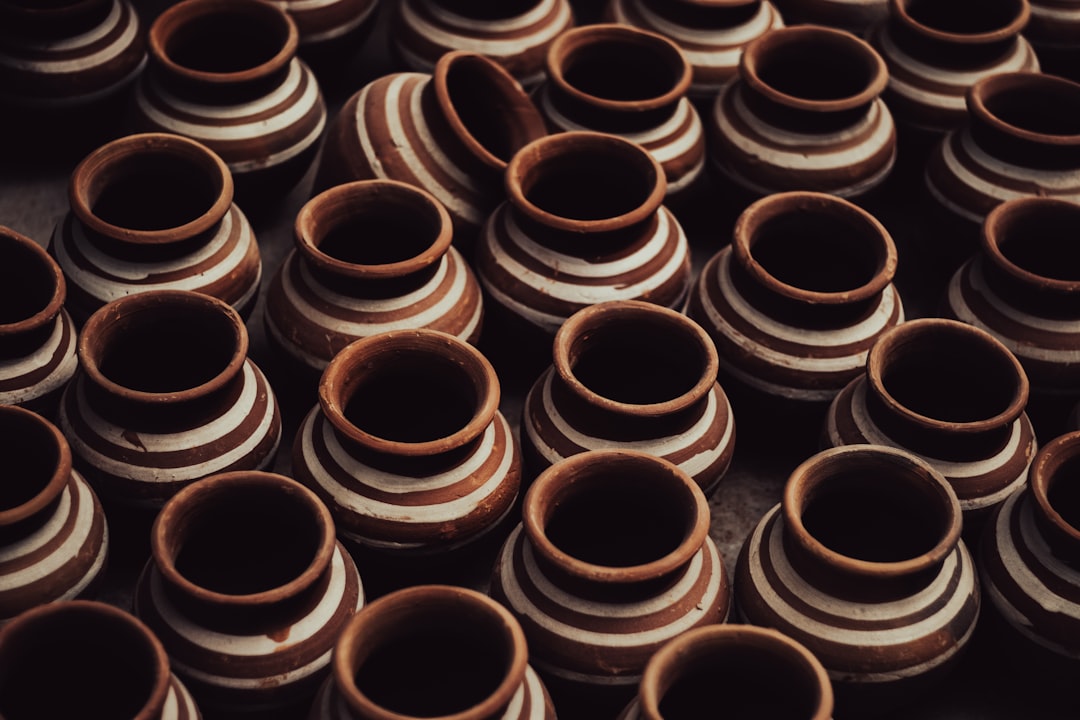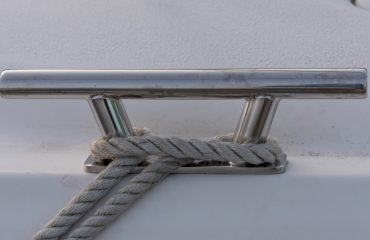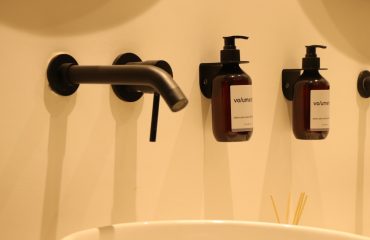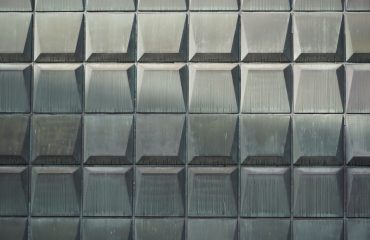body {
font-family: sans-serif;
line-height: 1.6;
}
h1, h2, h3 {
color: #333;
}
The safe and efficient transportation of natural gas relies heavily on the integrity of the pipelines. Corrosion, abrasion, and environmental factors pose significant threats to these vital infrastructure components. To mitigate these risks, various coating systems are employed, with epoxy (EP), polypropylene (PP), and polyethylene (PE) coatings being prominent choices. This comprehensive guide explores the applications, advantages, disadvantages, and considerations surrounding the use of EP, PP, and PE coated pipes in gas pipelines.
Understanding the Different Coating Types
Let’s start by differentiating between the three main coating types: EP, PP, and PE. Each offers unique properties and suits different applications based on factors like soil conditions, pipeline pressure, and budget constraints.
- Epoxy (EP) Coatings: These coatings are known for their excellent adhesion, chemical resistance, and mechanical strength. They provide a robust barrier against corrosion and are commonly used in high-pressure gas pipelines and aggressive soil environments. However, they can be more expensive and require precise application techniques.
- Polypropylene (PP) Coatings: PP coatings offer excellent resistance to chemicals and abrasion. They are particularly suitable for pipelines in areas with high levels of mechanical stress or where abrasion is a major concern. Their flexibility makes them suitable for pipelines with bends and curves.
- Polyethylene (PE) Coatings: PE coatings are the most widely used type due to their cost-effectiveness, excellent corrosion protection, and ease of application. They are suitable for a wide range of soil conditions and pipeline pressures. However, they might offer slightly less protection against severe abrasion compared to PP.
Advantages of Using Coated Gas Pipelines
The benefits of using EP, PP, or PE coated pipes in gas pipelines are substantial:
- Extended Pipeline Lifespan: Coatings significantly extend the lifespan of pipelines by preventing corrosion and external damage, reducing the need for frequent repairs and replacements.
- Enhanced Safety: Protecting pipelines from corrosion minimizes the risk of leaks and ruptures, enhancing overall safety and preventing environmental hazards.
- Reduced Maintenance Costs: By preventing corrosion, coated pipes require less maintenance, leading to significant cost savings over the pipeline’s lifetime.
- Improved Efficiency: Reduced maintenance translates to less downtime, ensuring a more efficient and reliable gas transportation system.
- Environmental Protection: Preventing leaks minimizes the release of greenhouse gases and other pollutants into the environment.
Challenges and Considerations in Coating Selection
While coated pipes offer numerous advantages, several factors need careful consideration when choosing the appropriate coating:
- Soil Conditions: Aggressive soil conditions with high acidity or salinity require coatings with superior chemical resistance, such as EP.
- Pipeline Pressure: High-pressure pipelines demand coatings with exceptional mechanical strength and adhesion, making EP a preferred choice.
- Environmental Regulations: Compliance with local environmental regulations is crucial, and the chosen coating must meet the required standards.
- Cost-Effectiveness: Balancing the initial cost of the coating with the long-term benefits of reduced maintenance and extended lifespan is essential.
- Application Process: The application process for each coating type differs, and selecting a coating that can be applied efficiently and effectively is important.
Installation and Quality Control of Coated Pipes
Proper installation and quality control are crucial for ensuring the long-term effectiveness of the coating. This involves:
- Surface Preparation: Thorough cleaning and preparation of the pipe surface before coating application is essential for optimal adhesion.
- Coating Application: The coating must be applied according to the manufacturer’s specifications, ensuring uniform thickness and coverage.
- Inspection and Testing: Regular inspections and testing during and after installation are necessary to identify and rectify any defects.
- Damage Prevention: Measures must be taken during handling and transportation to prevent damage to the coating.
- Record Keeping: Maintaining detailed records of the coating type, application process, and inspection results is crucial for future maintenance and repairs.
Future Trends in EP, PP, and PE Coated Gas Pipelines
The field of gas pipeline coatings is constantly evolving. Future trends include:
- Development of Advanced Coatings: Research and development are focused on creating coatings with enhanced properties, such as improved resistance to extreme temperatures and more environmentally friendly materials.
- Smart Coatings: The integration of sensors and monitoring technologies into coatings to enable real-time monitoring of pipeline integrity is gaining traction.
- Sustainable Coatings: The industry is shifting towards more sustainable and eco-friendly coating materials and application methods.
- Improved Application Techniques: More efficient and cost-effective coating application techniques are being developed and implemented.
- Increased Use of Data Analytics: Data analytics are being used to optimize coating selection, application, and maintenance strategies.
In conclusion, the selection and application of EP, PP, and PE coatings are critical factors in ensuring the safety, reliability, and longevity of gas pipelines. Careful consideration of various factors, coupled with proper installation and maintenance practices, are essential for maximizing the benefits of these protective coatings.
SEO Tags:
- EP coated gas pipelines
- PP coated gas pipelines
- PE coated gas pipelines
- Gas pipeline corrosion protection
- Pipeline coating selection




